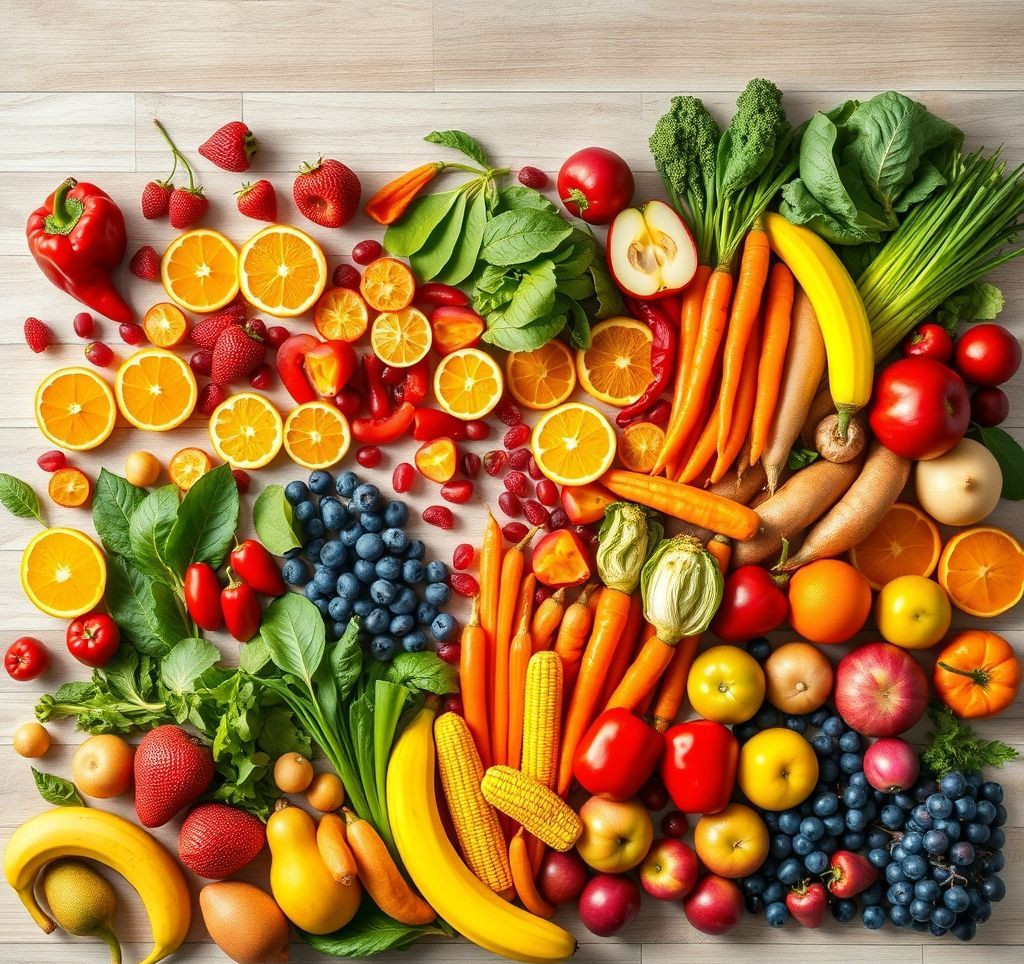Embark on a journey to optimal well-being by exploring the powerhouse of nutrients our planet has to offer. Choosing the right foods can dramatically impact your energy levels, mood, and overall health. This guide presents a curated list of the top 100 healthiest foods to eat, providing a foundation for a better, more vibrant life. We’ll delve into various food groups, highlighting their unique contributions and benefits, so you can make informed choices and supercharge your diet.
Why Focusing on Healthy Foods to Eat is Crucial
Prioritizing nutrient-rich foods is an investment in your long-term health. The benefits extend far beyond just feeling good; they contribute to disease prevention, enhanced cognitive function, and sustainable energy. Here’s why incorporating more healthy foods into your diet is so important:
- Disease Prevention: Many healthy foods are packed with antioxidants, which combat free radicals and reduce the risk of chronic diseases like heart disease and certain cancers.
- Improved Energy Levels: Nutrient-dense foods provide sustained energy, unlike processed foods that often lead to energy crashes.
- Enhanced Cognitive Function: Certain foods, like fatty fish and leafy greens, support brain health and improve cognitive function, memory, and focus.
- Weight Management: Healthy foods are often lower in calories and higher in fiber, promoting satiety and aiding in weight management.
- Better Mood: What you eat profoundly impacts your gut health, which in turn influences your mood and mental well-being. A healthy diet can contribute to a more positive outlook.
Understanding Food Groups & Key Nutrients
To maximize the benefits of healthy foods to eat, it’s essential to understand the different food groups and the key nutrients they provide. This knowledge empowers you to create a balanced and varied diet.
Fruits
Rich in vitamins, minerals, antioxidants, and fiber. Examples include berries (strawberries, blueberries, raspberries), apples, bananas, oranges, and avocados.
Vegetables
An excellent source of vitamins, minerals, fiber, and phytonutrients. Consider leafy greens (spinach, kale), cruciferous vegetables (broccoli, cauliflower, cabbage), and root vegetables (sweet potatoes, carrots).
Proteins
Essential for building and repairing tissues, as well as supporting numerous bodily functions. Sources include lean meats (chicken, turkey), fish (salmon, tuna), legumes (beans, lentils), and nuts and seeds.
Whole Grains
Provide sustained energy and fiber. Options include quinoa, brown rice, oats, and whole wheat bread.
Dairy or Dairy Alternatives
Important for calcium and vitamin D intake. Opti
ons include milk, yogurt, cheese, and fortified plant-based alternatives (almond milk, soy milk).A Guide to Healthy Foods to Eat: Top Examples
While listing all 100 foods would be extensive, here’s a selection of some of the most nutrient-dense and beneficial foods to eat, categorized by food group:
- Salmon: Rich in omega-3 fatty acids, which are essential for brain health and reducing inflammation.
- Kale: A nutritional powerhouse packed with vitamins A, C, and K, as well as antioxidants.
- Blueberries: High in antioxidants that protect against cell damage and improve cognitive function.
- Avocado: A source of healthy fats, fiber, and various vitamins and minerals. Approximately 30% of its weight is fat, which is primarily monounsaturated fatty acid.
- Spinach: Excellent source of iron, vitamins, and minerals.
- Broccoli: Contains sulforaphane, a compound that may have anti-cancer properties.
- Sweet Potatoes: Rich in vitamin A and fiber.
- Lentils: A great source of plant-based protein and fiber.
- Quinoa: A complete protein containing all nine essential amino acids.
- Greek Yogurt: High in protein and probiotics, which support gut health.
This list is a starting point. Focus on incorporating a variety of colorful fruits and vegetables, lean proteins, and whole grains into your diet to ensure you’re getting a wide range of nutrients. Remember to “eat the rainbow” to maximize your intake of different phytonutrients.
Expert Tips & Best Practices for Eating Healthy Foods
Making lasting changes to your diet takes time and effort. Here are some expert tips to help you stay on track and maximize the benefits of eating healthy foods to eat:
- Start Small: Don’t try to overhaul your entire diet overnight. Focus on making small, sustainable changes, such as adding one serving of vegetables to each meal.
- Plan Your Meals: Planning your meals in advance helps you make healthier choices and avoid impulsive decisions.
- Read Food Labels: Pay attention to serving sizes, ingredients lists, and nutritional information.
- Cook at Home More Often: Cooking at home gives you more control over the ingredients and portion sizes.
- Stay Hydrated: Drink plenty of water throughout the day.
- Listen to Your Body: Pay attention to your hunger and fullness cues.
- Don’t Deprive Yourself: Allow yourself occasional treats in moderation. A restrictive diet is not sustainable in the long run.
“Let food be thy medicine and medicine be thy food.” – Hippocrates



















